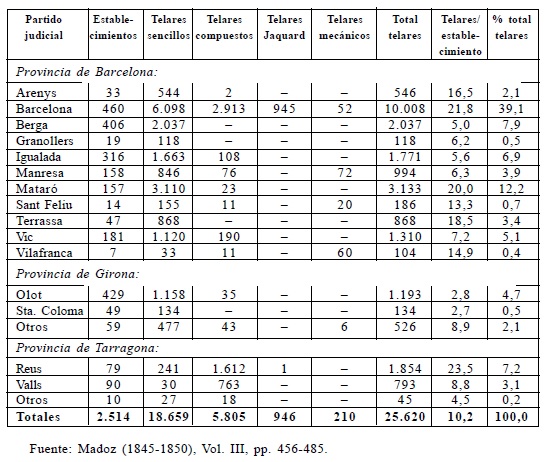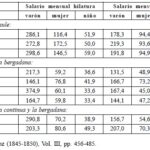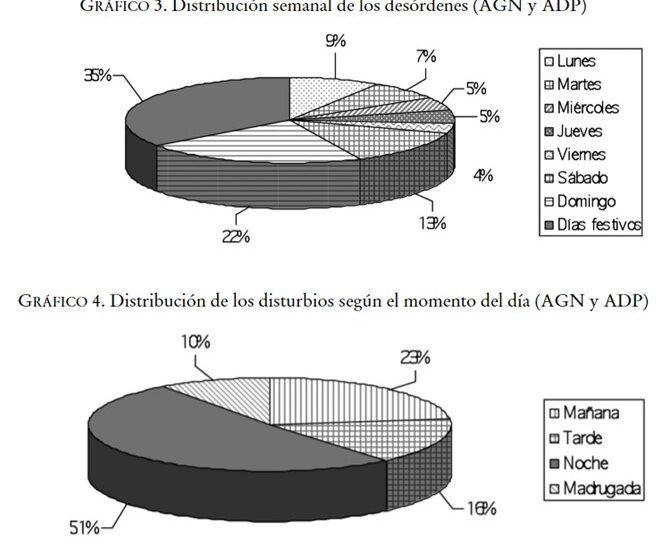
Until the 1970s, the eighteenth-century Indian factories had constituted the continuity of Catalan industry during the nineteenth century. In this sense, Catalan industrialisation did not respond to an exclusive Barcelona model, but rather emerged as a response to the diverse productive structures of the territory, combining the new fibre with new technologies. Nevertheless, cotton reinforced Barcelona in the industry by being the point of entry and distribution. Although there are certain inconsistencies in the different areas, the data are fairly homogeneous. In the area of spinning with mules, wages were much higher. Men earned 272-298 reais as opposed to women, who earned 116-146 while a child earned between 50-59 reais; in the berdagana zones men earned between 146-164, women 59.2-76.8 and children between 33.4-33.6.something similar happened with weaving, since based on the average of the prices of the different parties, men in the mule area charged 62% more than those in the berdeganas area, women 70% more and children 47% more. In weaving, men were paid 28.9% more, women 100% more and children 26.5% more. In Manresa, all salaries were in an intermediate position, while in Reus, weavers were close to Barcelona salaries. Therefore, there were significant wage differences from one area to another.
Collection: Statistics
Project: 3. Rural world and urban world in the formation of the European identity., 4. Family, daily life and social inequality in Europe.
Chronology: XVIII, XIX
Scope: Secondary Education, Baccalaureate, University
Resource type: Statistics
Format: Table
Source: Ferrer i Alòs, Llorenç, «Bergadanas, continuas y mules. Tres geografías de la hilatura del algodón en Cataluña (1790–1830)», Revista de Historia Económica, Journal of Iberian and Latin American Economic History, 22, 2 (2004), pp. 337–386.
Language: Spanish
Date: 2004
Owner: Álvaro Romero González (Modernalia)
Copyright: © Llorenç Ferrer i Alòs, © Revista de Historia Económica
Abstract: Differentiated monthly wages in the spinning of Catalan fabric in 1841, expressed in reals of fleece
Image
Tags








